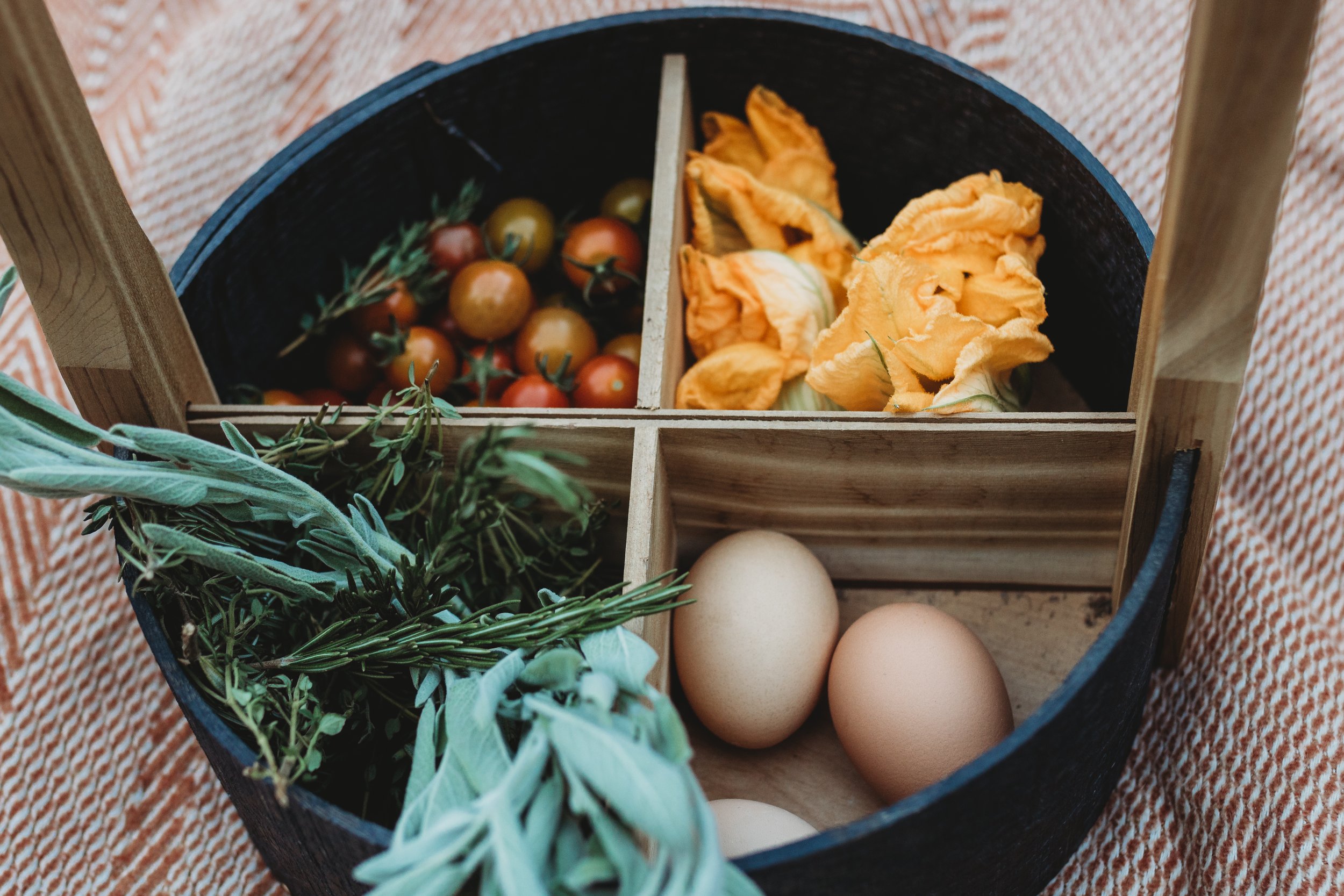The Art and Practice of Making Tea - What is Tea?
Nothing signals the body to slow down like a warm cup of tea. When I first came to the idea of The Slow Medicine Collective, I wanted this to be a space that could be likened to the art and practice of making tea.
This is the first blog post of a 4-part series where I will be taking you deeper into the Slow Medicine way of working with tea. In this post, we are simply going to anchor deeper into what tea is. As a practicing herbalist for the last two decades, my favorite thing to say is that I could relearn over and over how to make a cup of tea, and the moment I stop learning how to make tea will be the signal that my time is up as a practitioner.
Making a truly medicinal cup of tea is a slow process that enables a deep physiological tending that affects not just the cellular makeup of the body, but also our spiritual and emotional wellbeing.
Everything we do and offer at The Slow Medicine Collective takes into account all three core elements of our healing experiences:
Cellular Makeup
Spiritual Connection
Emotional Wellbeing
The practice of making tea is a beautiful way to incorporate all three of these elements in one healing practice. Tea is an invitation to take your senses deeper into the relationships you’re trying to build with the plants and remedies you’re working with on your healing journey.
When people first come to me wanting to work with herbs in their healing journey or incorporate herbs into their practice, I always asks them if they know how to make and enjoy a cup of tea. For anyone who wants to incorporate herbs into their healing practices, whether for personal reasons or clinical practice (this is for you, brilliant practitioners), knowing the art and practice of making a cup of tea is the first place we must always start.
What is Tea?
Drinking tea has been around for as long as plants and people have been connected and is one of the most accessible ways to work with herbal medicine. Tea has two main components: herbs and water.
There are 4 ways to brew tea:
Tea
Infusions (both hot and cold)
Decoctions
Sun brews
Some herbs are great for infusions, tea, and sun brews, and some are great for decoctions. The rule of thumb is quite simple - infusions are best for the ariel parts of the plant (the stem, leaf, and flower), and decoctions are best for the more woody parts of the plant like bark, rhizomes, roots, seeds, and twigs. There are a few caveats, of course, and I will be teaching these in my upcoming herbal medicine for practitioners series, but for now I encourage you to anchor this general framework into your mind.
Why is Tea Important?
When it comes to knowing and understanding thy medicine, tea is the bridge we can all walk across and gain insight, connection, and trust with the medicine we are working with. People oftentimes skip over tea either for ease or because they fear that the medicine they need or want to recommend needs to be “more powerful.”
But, the question is, what makes an herb or supplement work for you?
Is it just the fact that you are taking something that a practitioner told you to take that gives it power? Or are you in a relationship with the supplements and herbs you are taking to understand what they are doing for you?
We believe that creating a relationship with the herbs, supplements and practices you are engaging with for your health has a big impact on their efficacy and on your ability to activate your own innate healing potential.
To begin the process of creating or strengthening these relationships, I Invite you to take a few moments today and simply make yourself a cup of tea. Some things to ponder while you’re brewing your cup: If it’s a loose-leaf tea or blend, what do the herbs look like? Are there roots, leaves, flowers, or stems? Is it all chopped up and hard to tell? How does it smell? When you hold it in your hand, what does it feel like? How do you feel when you take your first sip?
Leave us a comment to let us know how your experience of mindful tea making goes!
In our next post, we’ll explore the difference between infusions and tea and how to make a deeply nutritive medicinal infusion for yourself, your family or your clients.
With Love,
Megan
Free Seasonal Recipe Guide
For more ways to ground yourself into the seasons, download our FREE Seasonal Recipe Guide! A helpful resource for you to enjoy 12+ highly nutritious & delicious ways to enjoy the year’s food magic - from the Slow Medicine kitchen to yours.
Sign up below to receive a copy of the guide to your inbox! You’ll also be subscribed to receive our regular Slow Medicine Collective emails. Update your preferences anytime.


